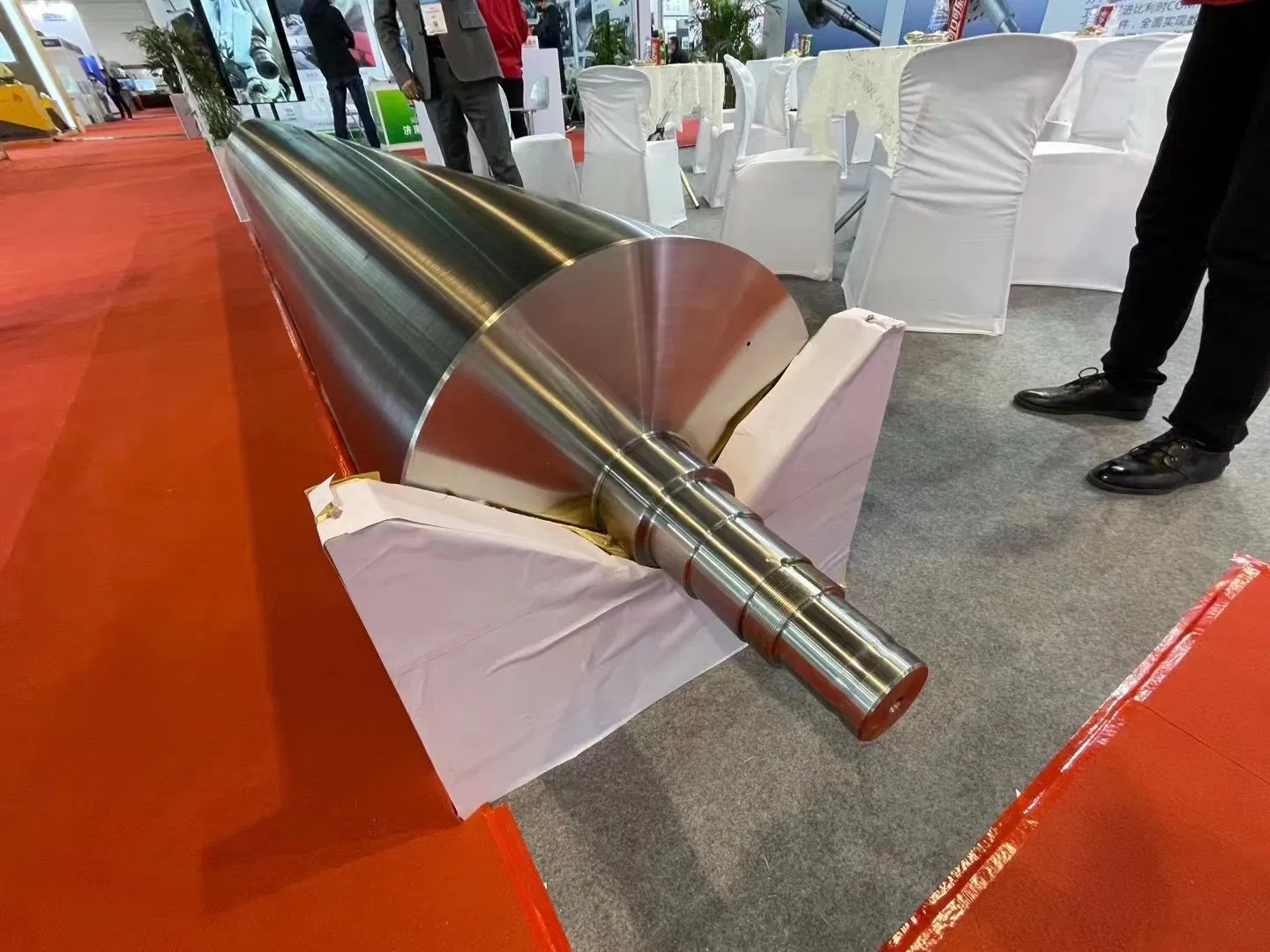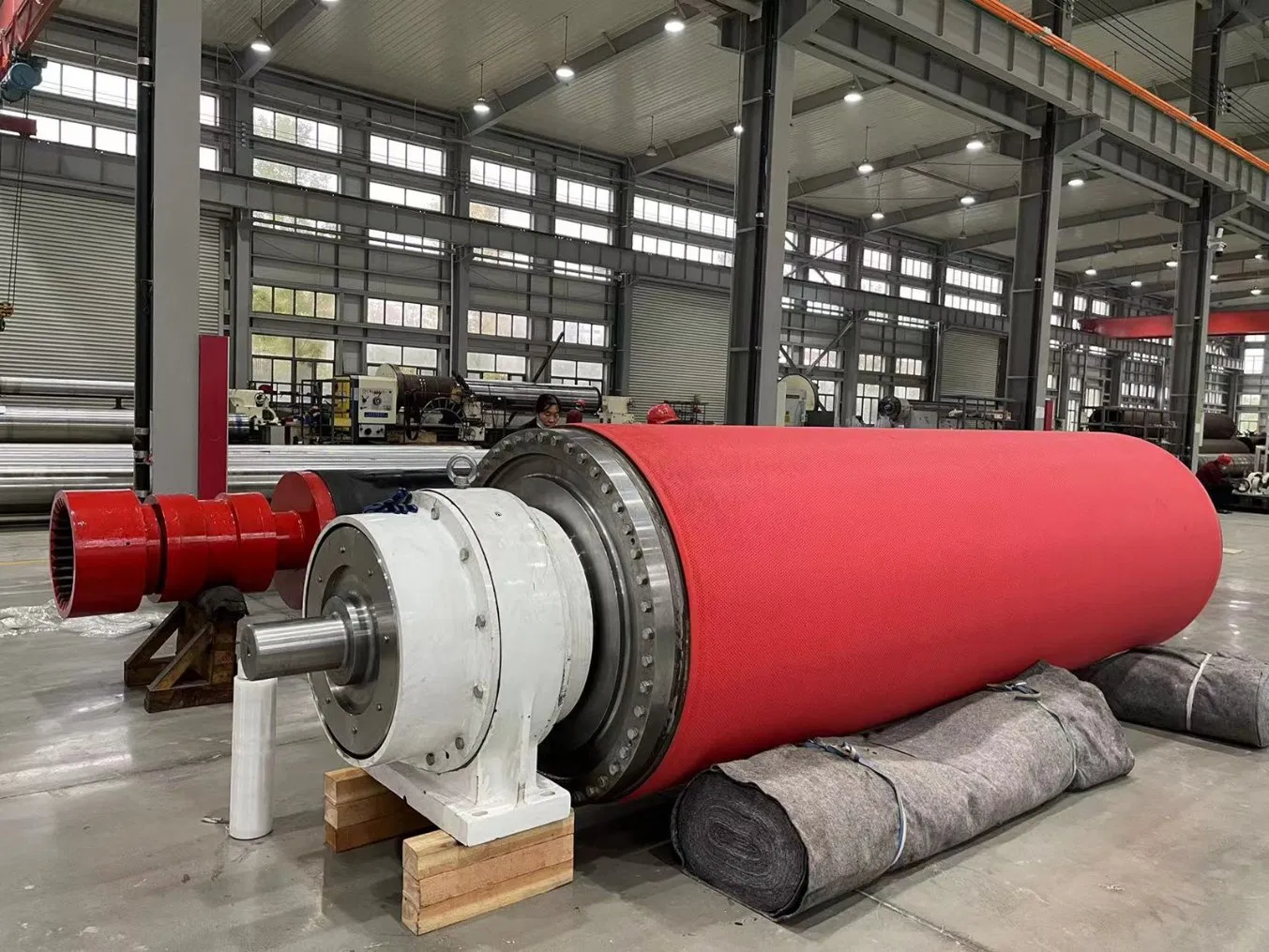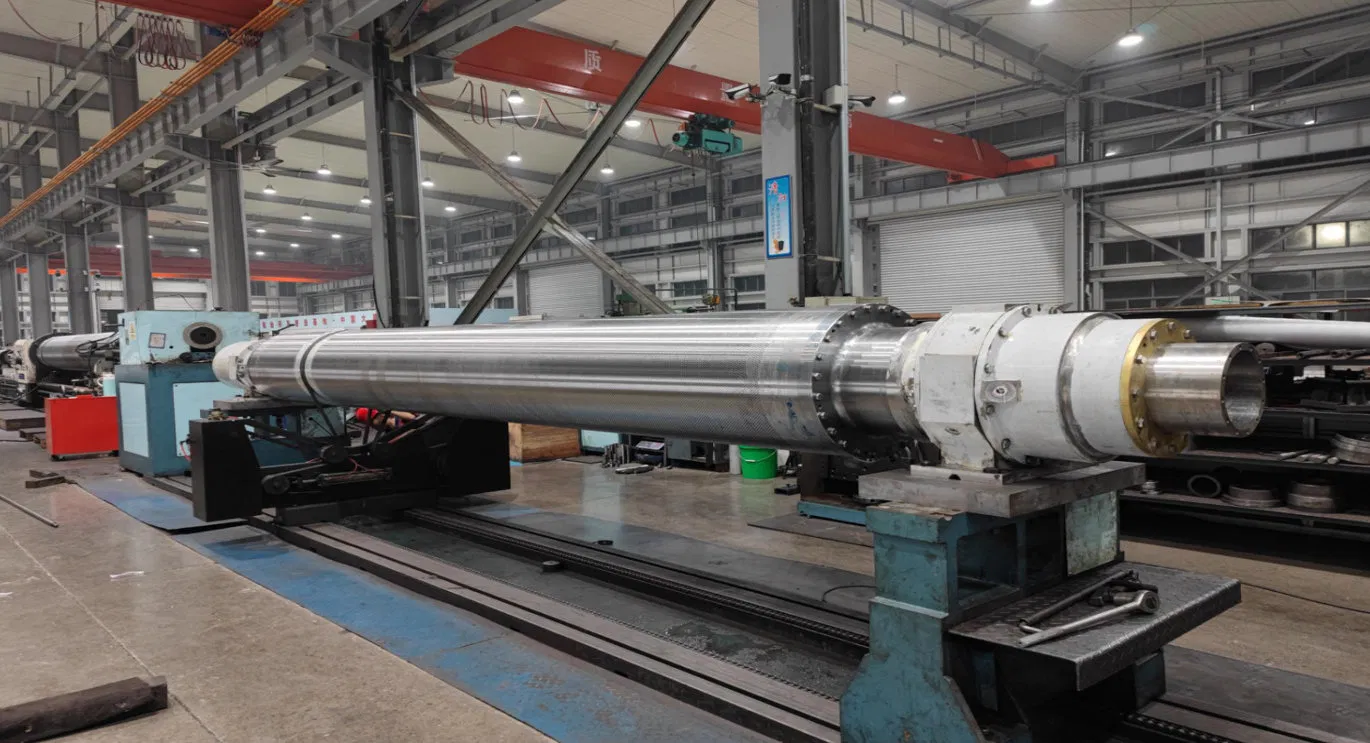In the fast-paced world of paper manufacturing, every minute a machine is offline translates directly into lost production, increased costs, and frustrated teams. Frankly speaking, understanding how to reduce paper machine downtime isn't just a good idea; it's a critical imperative for profitability and sustained success. This guide dives deep into the strategies, best practices, and innovative approaches that can help paper mills achieve and maintain peak operational uptime.
Understanding the Root Causes of Paper Machine Downtime
Before we can effectively tackle how to reduce paper machine downtime, it's essential to pinpoint what causes it in the first place. Downtime isn't a monolithic problem; it's a complex interplay of various factors. In my experience, the most common culprits fall into a few key categories: unexpected equipment failures, planned but inefficient maintenance, operator errors, and supply chain disruptions.
Unexpected Equipment Failures
These are the nightmares of any paper mill manager. A critical component fails without warning, bringing the entire line to a halt. This can range from a bearing seizing up in the press section to a drive motor giving out on the winder. These failures are often the result of wear and tear, inadequate lubrication, or stress beyond the equipment's design limits.
Planned Maintenance Gone Wrong
Ironically, even planned maintenance can lead to significant downtime if not executed efficiently. This could involve lengthy setup times for changeovers, poorly managed spare parts inventory leading to delays, or insufficient training for maintenance crews, resulting in prolonged repair times.
Operator Errors and Process Deviations
It's worth noting that operators play a crucial role in machine health. Incorrect settings, improper handling of materials, or failure to identify early warning signs can lead to minor issues escalating into major breakdowns. Sometimes, it's the simple things that cause the biggest headaches.
Supply Chain and Material Issues
Even with perfect internal operations, external factors can cause downtime. Shortages of critical raw materials, quality issues with incoming supplies (like pulp or chemicals), or delays in receiving essential spare parts can all grind production to a halt.

Proactive Strategies: The Cornerstones of Reducing Paper Machine Downtime
The most effective approach to reducing paper machine downtime is to shift from a reactive "fix-it-when-it-breaks" mentality to a proactive, predictive one. This involves a multi-faceted strategy focused on prevention, early detection, and efficient response.
Implementing Robust Predictive Maintenance Programs
This is arguably the most impactful strategy for any paper mill looking to optimize uptime. Predictive maintenance (PdM) uses condition-monitoring tools and data analysis to detect potential equipment failures before they occur. Have you ever wondered how some mills seem to run flawlessly for extended periods? PdM is often their secret.
Key PdM Techniques for Paper Machines:
- Vibration Analysis: Detecting imbalances, misalignments, and bearing defects in rotating equipment.
- Thermography: Identifying hot spots in electrical components, bearings, and steam systems that indicate potential failure.
- Oil Analysis: Monitoring lubricant condition to detect wear particles and contamination, signaling internal component damage.
- Ultrasonic Testing: Used for detecting leaks in steam and compressed air systems, as well as identifying electrical arcing.
- Motor Current Signature Analysis (MCSA): Analyzing electrical signals to detect motor faults.
By integrating these techniques into a regular maintenance schedule, you can identify issues during routine inspections or even while the machine is running, allowing for planned interventions during scheduled shutdowns. This significantly reduces the likelihood of unexpected breakdowns.
Enhancing Preventive Maintenance Schedules
While PdM focuses on predicting failures, preventive maintenance (PM) involves scheduled maintenance tasks performed at regular intervals to reduce the likelihood of failure. This includes lubrication, cleaning, inspection, and minor part replacements. The key here is to ensure PM tasks are based on actual equipment needs and operating conditions, not just arbitrary timeframes.
Optimizing PM for Maximum Impact:
- Data-Driven Scheduling: Use historical data and manufacturer recommendations to set realistic PM intervals.
- Standardized Procedures: Develop clear, step-by-step instructions for all PM tasks to ensure consistency and quality.
- Resource Allocation: Ensure sufficient skilled personnel and necessary parts are available for scheduled PM activities.

Investing in Operator Training and Empowerment
To be honest, maintenance teams can't do it all alone. Well-trained operators are your first line of defense against many common issues. They are the ones who spend the most time with the machines and can often spot subtle changes in sound, vibration, or performance that signal a developing problem.
Key Training Areas for Operators:
- Machine Operation Fundamentals: Ensuring operators understand optimal operating parameters and how deviations can impact equipment.
- Basic Troubleshooting: Equipping operators with the knowledge to identify common issues and perform simple corrective actions.
- Reporting Procedures: Establishing clear channels for operators to report anomalies and concerns promptly.
- Safety Protocols: Reinforcing safe operating practices to prevent accidents that could lead to downtime.
Empowering operators to report issues without fear of reprisal and providing them with the tools and knowledge to act on minor observations can prevent many small problems from becoming big ones.
Optimizing Maintenance Processes and Spare Parts Management
Even with the best predictive and preventive strategies, maintenance activities themselves can be a source of downtime if not managed efficiently. Streamlining these processes is crucial for minimizing the time machines spend offline.
Streamlining Maintenance Workflows
This involves optimizing how maintenance requests are initiated, prioritized, scheduled, executed, and documented. Implementing a Computerized Maintenance Management System (CMMS) is invaluable here. A CMMS can help track work orders, manage assets, schedule PM, and provide valuable data for analysis.
Best Practices for Maintenance Workflow:
- Clear Work Order Prioritization: Establish a system to rank work orders based on urgency and impact on production.
- Effective Scheduling: Coordinate maintenance activities to minimize disruption to production schedules.
- Root Cause Analysis (RCA): For recurring issues, conduct thorough RCA to address the underlying problem, not just the symptom.
- Continuous Improvement: Regularly review maintenance performance metrics and identify areas for process improvement.
Strategic Spare Parts Management
A lack of critical spare parts is a common reason for extended downtime. Conversely, holding excessive inventory ties up capital. The goal is to strike a balance.
Key Elements of Effective Spare Parts Management:
- Critical Parts Identification: Determine which parts are essential for continuous operation and maintain adequate stock levels.
- Inventory Optimization: Use demand forecasting and ABC analysis to manage inventory effectively, reducing holding costs while ensuring availability.
- Supplier Relationships: Build strong relationships with reliable suppliers to ensure timely delivery of parts, especially those with long lead times.
- Consignment Stock: Explore consignment agreements with key suppliers for critical components.
- Parts Standardization: Where possible, standardize parts across different machines to simplify inventory and reduce the number of different SKUs.
Effectively managing your spare parts inventory is a critical component of how to reduce paper machine downtime, ensuring that when a part is needed, it's readily available.

Leveraging Technology and Data for Uptime Improvement
In today's digital age, technology and data analytics offer powerful tools for enhancing paper machine reliability and reducing downtime.
The Role of IoT and Sensor Technology
The Industrial Internet of Things (IIoT) allows for the deployment of numerous sensors across paper machines. These sensors collect real-time data on temperature, pressure, vibration, flow rates, and more. This data, when analyzed, provides unprecedented insights into machine health.
Data Analytics and Machine Learning
Raw data is only useful if it's analyzed. Advanced analytics platforms and machine learning algorithms can process vast amounts of sensor data to identify patterns, predict failures with greater accuracy, and even optimize machine performance. This moves beyond simple condition monitoring to true predictive intelligence. For instance, machine learning models can learn the normal operating signature of a machine and flag deviations that might indicate an impending issue, often before human operators or traditional monitoring systems would notice.
Digital Twins and Simulation
Creating a digital twin – a virtual replica of a physical paper machine – allows for simulation and testing of different scenarios without impacting actual production. This can be used for training, optimizing maintenance strategies, and testing new operating parameters.
Conclusion: A Continuous Journey to Uptime Excellence
Reducing paper machine downtime is not a one-time fix; it's a continuous process of improvement, adaptation, and investment. By embracing a proactive maintenance philosophy, investing in your people and technology, and fostering a culture of reliability, paper mills can significantly enhance their operational uptime. Implementing the strategies discussed in this guide – from robust predictive maintenance programs and operator training to optimized maintenance workflows and the smart use of data – will pave the way for greater efficiency, reduced costs, and a more competitive edge. Remember, mastering how to reduce paper machine downtime is a journey, not a destination, and the rewards of consistent uptime are substantial.
For more detailed information, please visit our official website:paper machine downtime
About the author: Alex Chen is a seasoned reliability engineer with over 15 years of experience in the pulp and paper industry. He specializes in implementing advanced maintenance strategies, optimizing operational efficiency, and reducing costly equipment downtime. Alex is passionate about leveraging technology and data-driven insights to help paper mills achieve peak performance and sustained profitability.


